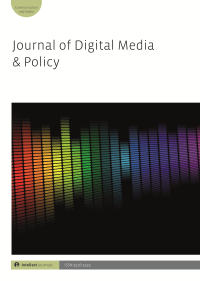
Full text loading...

The purpose of this conceptual article is to explore the drivers behind digital disruption that have taken the whole globe by storm as a result of COVID-19 (SARS-CoV-2) pandemic. Motivation of the researcher in constructing the article was to logically alert the present-day and future-world business leaders on how to respond to the digital disruptive forces attributed to deadly viral pandemics like COVID-19. The current article is based on the Preferred Reporting Items for Systematic Literature Review and Meta-Analysis (PRISMA) of secondary data sources, mainly peer-reviewed journal articles, the purpose being to draw conclusions and identify research gaps. It is based on a structural analysis methodology to frame the categories of the major analyses in combination with scientific rigour to a broad and complex problem. Research results proved that the primary forces driving digital disruption in pandemic ravages include technology dynamics, globalization and demographics. They evolve in successive waves. It is these waves that generate novel digital and technological disruptive megatrends. Implications to contemporary business leaders include bringing in present-day digital technologies, incubating survival plans of actions or strategies so as to fully operationalize businesses seamlessly. These may include, but not limited to, establishing technological innovation appetite meant to address, respond and navigate within the associated digital disruptive complexities. The study results underscore the necessity of understanding digital disruption and global businesses’ viability under COVID-19 pandemic. This is the first study to conceptually examine the digital disruption and global businesses’ viability under COVID-19 pandemic. The research contributes to literature and theoretical novel introspections into the depth and breadth of digital disruptive technologies and corporate strategy by an explication of how various corporate metamorphoses can lead to navigation and survival in such COVID-19 pandemic environments.

Article metrics loading...

Full text loading...
References


Data & Media loading...

Publication Date:
https://doi.org/10.1386/jdmp_00096_1 Published content will be available immediately after check-out or when it is released in case of a pre-order. Please make sure to be logged in to see all available purchase options.